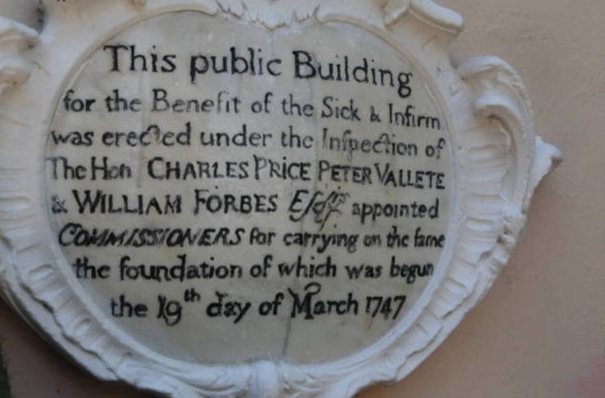I never made it to St. Thomas, located on Jamaica’s southeastern coast, until I was in high school. As part of our graduation celebration, our teacher organized a day trip around the island that brought us not to Morant Bay, its historic capital, but to Prospect Pen to view the Jamintel Earth Station* that had opened some years earlier. I still have the grainy photo of us posing primly in our navy school uniforms with part of the satellite station in the background.
St. Thomas, the 9th largest parish on the island, is bordered on its northern end by the Blue Mountains. Its diverse landscape includes mountains and wetland areas. The island’s only east-west river, the Plantation Garden, is located in the parish.

St. Thomas was established in 1662 and named for Thomas, Lord Windsor, who was governor of Jamaica at that time. It was known then as St. Thomas in the East. The name it was shortened to St. Thomas around 1866 when the number of parishes was reduced from 22 to 14.
St. Thomas has been home to the indigenous Taino Indians, Spanish, British and Maroon communities. Archeologists have found remnants of Taino settlements, dating to 650AD, in several locations in the parish.








